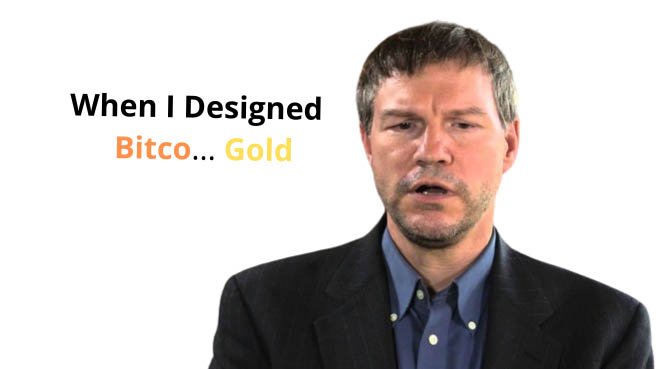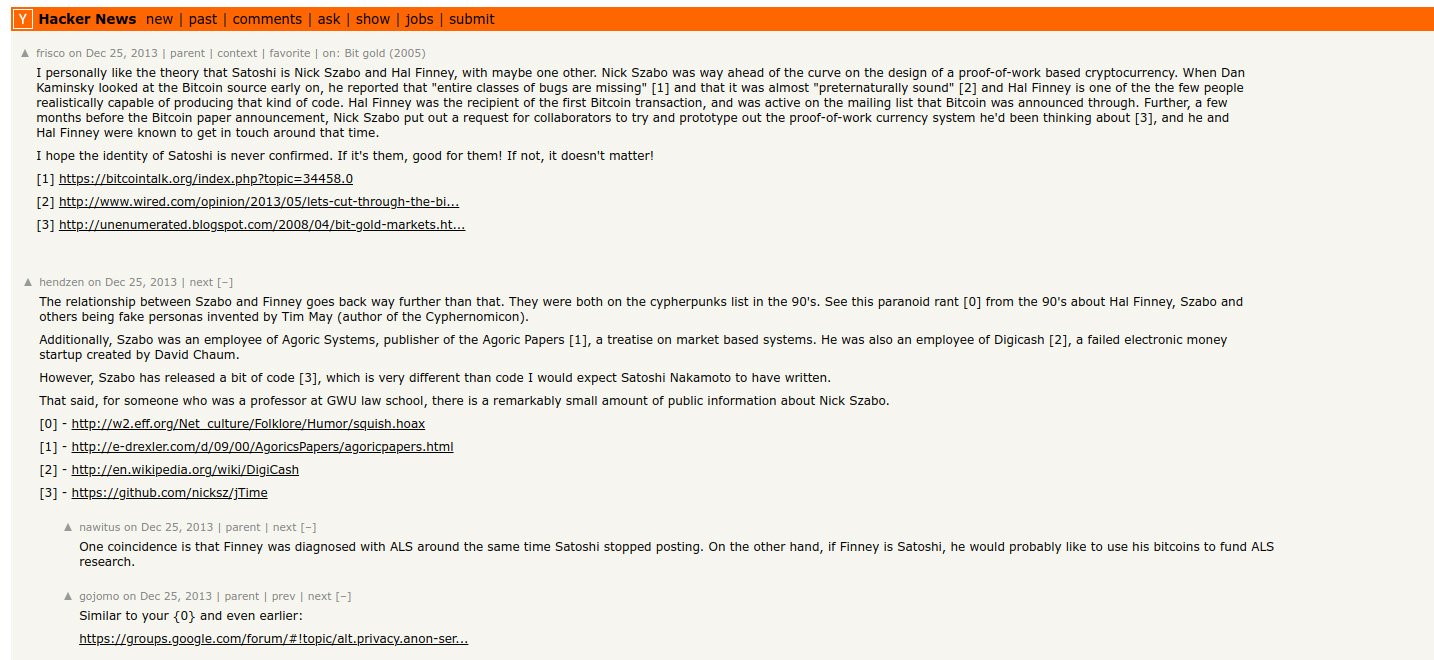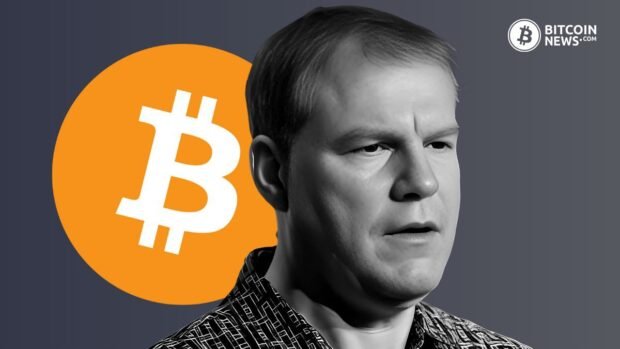Born in May 1965 in New York City and raised in California, Nick Szabo is a multifaceted individual—a computer scientist, legal scholar, cryptographer, and entrepreneur. Influenced by his mathematician parents, Szabo earned a Bachelor’s degree in Computer Science at the University of Washington and later pursued law at George Mason University School of Law. During his studies, Szabo embarked on various projects related to digital currency and contract systems.

In 1998, Szabo published “Bit Gold,” a pioneering paper that envisioned a decentralized digital currency system based on cryptographic techniques, predating Bitcoin by over a decade. His involvement in The Cypherpunk‘s mailing list reflected his advocacy for free markets as a means to enhance production and competition for human prosperity.
Ideologies and Contributions
Nick Szabo’s ideologies center on the convergence of technology, economics, and law. Despite his Blogspot being inactive for nearly six years, Szabo’s impact on the digital currency landscape remains profound.
“I didn’t want it to be dependent on government and that perhaps was more for ideological reason creative reasons.”
– Nick Szabo, on Bit Gold, What Bitcoin Did Clip — Source

Bit Gold: The Foundational Theory for Bitcoin
Szabo’s introduction to the world of fame among freedom-minded individuals started in 1998 with his introduction of Bit Gold. Bit Gold was never implemented and was more like a theory waiting to be developed later, but this laid the foundational ground for others to work on.
Bit Gold aimed to provide a decentralized digital currency system based on cryptography backed by physical assets like gold; a pretty “simple” idea, yet game-changing. The reason why Bit Gold was not implemented, was due to the reliance on trusted third parties for redemption. This introduced centralization concerns, reflecting the broader difficulties faced by earlier digital currency proposals.

“A long time ago I hit upon the idea of bit gold. The problem, in a nutshell, is that our money currently depends on trust in a third party for its value.”
– Szabo, Nick. “A Bit Gold problem.” Unenumerated, 27 December 2008 — Source
You can learn more about Nick Szabo’s take on Bit Gold by listening to his interview with “What Bitcoin Did” Podcast.
How Bit Gold Would Have Functioned if Implemented
- Proof of Work: To generate Bit Gold coins, participants needed to solve a computationally intensive puzzle called a hashcash problem. Solving this problem required significant computational resources, making it difficult for any single entity or group to dominate the network.
- Double Spending Prevention: Once a participant solved the hashcash problem, they would receive a new coin along with a unique identifier called a “chained hash.” The chained hash linked the newly minted coin to all previous coins in the chain, preventing double-spending.
- Distributed Ledger: Each transaction involving Bit Gold coins would be recorded on a distributed ledger maintained by nodes across the network. This ledger ensured transparency and prevented fraudulent activities.
- Redemption Centers: Bit Gold relied on trusted third-party entities known as redemption centers to exchange physical goods or services for Bit Gold coins. Users could redeem their coins at these centers, which then verified the authenticity of the coins using the distributed ledger.
The key distinction between Bit Gold and Bitcoin lies in the latter’s decentralized, immutable ledger distributed across the world.
They share similarities in their proof-of-work concepts and early exploration of digital currency ideas. However, Bitcoin has achieved practical implementation and widespread adoption, while Bit Gold remains a historical precursor that contributed to the evolution of digital currencies.
Is Nick Szabo Satoshi Nakamoto?

There are a lot of similarities between Szabo’s groundwork and Bitcoin. No wonder people theorized that he was the creator of Bitcoin. Firstly, his background encompasses roles as a computer scientist and engineer, a graduate of law school, and a proficient economist. All this knowledge seems to be applied to Bitcoin’s code.
Secondly, the dates just match. Laying the foundation for Bitcoin in the late 90’s, and continued to work on it as a pseudo-character of its own. He decided to reach out to Cypherpunk’s to test his theories and implementations.
Thirdly, some people theorize that he alone didn’t put together Bitcoin’s code; but a collaborative work between Szabo, Hal Finney, and other freedom-minded people. Some people believe that Bitcoin touches and perfects too many areas of expertise for a single persona to work and develop.
Here is a timestamped video of Nick Szabo on The Tim Ferris show when he confused Bitcoin and Bit Gold for a second.

On the other hand, there is just no conclusive evidence. Geniuses are born now and then, maybe Satoshi was one of these geniuses. Nick has denied it numerous times publicly, even saying that “he is used to it.”
Research by financial author Dominic Frisby provided circumstantial evidence but, as he admits, no proof exists that Satoshi is Szabo. In a July 2014 email to Frisby, Szabo said “I’m afraid you got it wrong doxing me as Satoshi, but I’m used to it.”
– Wikipedia. “Nick Szabo on Satoshi.” — Source
The question of whether he is Satoshi may remain unanswered, but it is evident that Nick remains a part of the Laser Eyes team.













